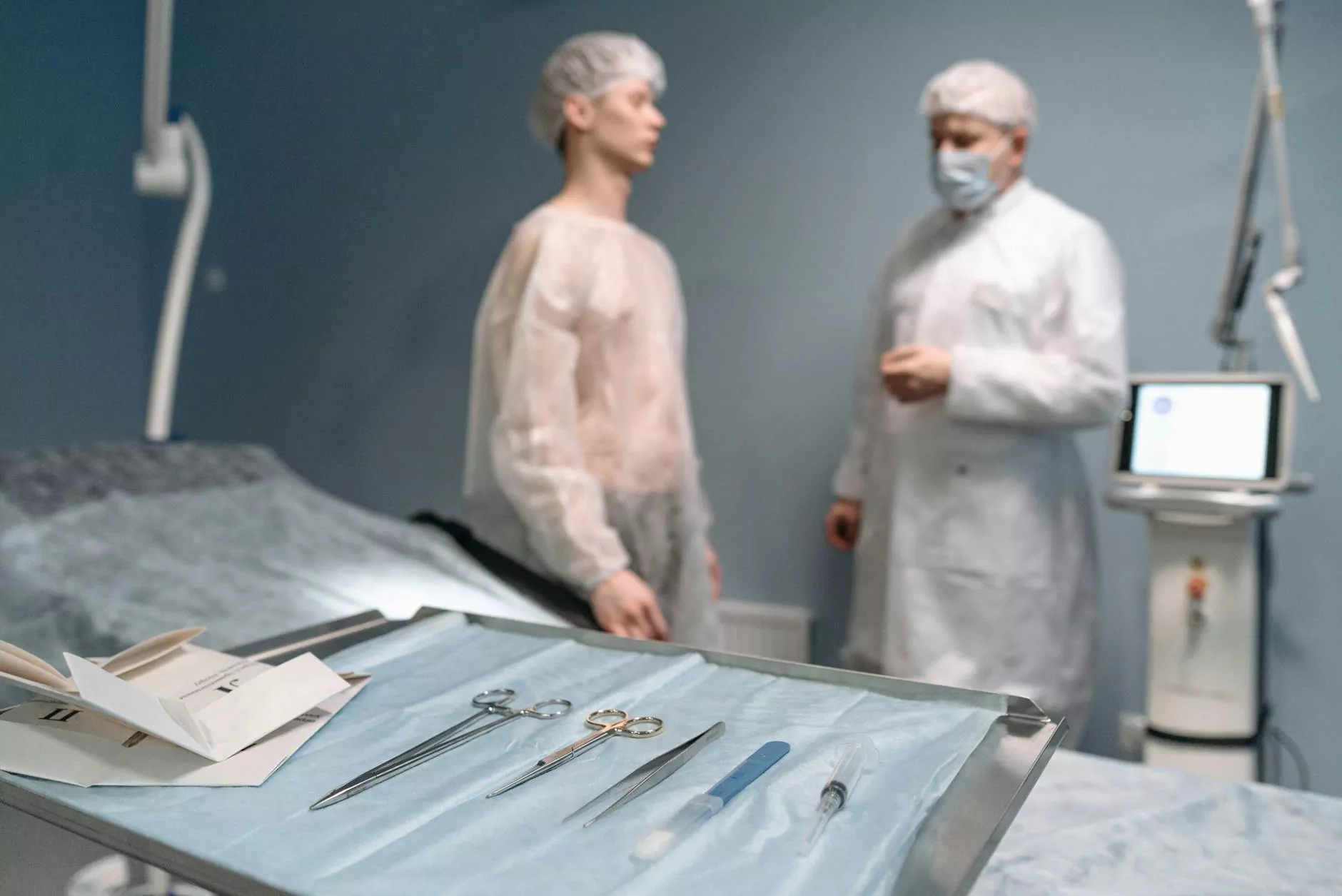Understanding Restless Leg Syndrome: Effective Medications and Treatment Approaches

Restless Leg Syndrome (RLS) is a neurological condition characterized by uncomfortable sensations in the legs and an uncontrollable urge to move them. It often occurs in the evening or at night, disrupting sleep and diminishing overall quality of life. Understanding its causes, symptoms, and restless leg syndrome medication options can empower individuals to manage their condition effectively.
What is Restless Leg Syndrome?
Restless Leg Syndrome is not just a simple discomfort; it is a genuine medical condition that can significantly impact a person's daily life. Individuals with RLS often describe an overpowering urge to move their legs accompanied by sensations like crawling, tingling, or aching. These symptoms typically worsen in the evening, making it challenging to relax or fall asleep. Understanding RLS is the first step towards effective management.
Causes of Restless Leg Syndrome
The exact cause of RLS is not entirely understood, but several factors are believed to contribute to its development:
- Genetics: RLS can run in families, indicating a genetic component.
- Iron Deficiency: Low levels of iron in the brain have been linked to RLS symptoms.
- Chronic Conditions: Conditions like diabetes, chronic kidney disease, and Parkinson's disease are associated with RLS.
- Medications: Certain medications, including antihistamines and some antidepressants, can exacerbate symptoms.
- Pregnancy: Hormonal changes during pregnancy can trigger RLS, especially in the third trimester.
Symptoms of Restless Leg Syndrome
The symptoms of RLS can vary from person to person but commonly include:
- Uncomfortable Sensations: Often described as crawling, tingling, or itching in the legs.
- Urge to Move: An overwhelming need to move the legs, especially when at rest.
- Evening Discomfort: Symptoms are usually worse in the evening or at night.
- Sleeplessness: Difficulty falling asleep or staying asleep due to symptoms.
Diagnosing Restless Leg Syndrome
Diagnosing RLS involves several steps. A healthcare provider will typically perform a thorough medical history review and physical examination. They may also recommend:
- Sleep Studies: To observe sleep patterns and how RLS symptoms affect sleep quality.
- Blood Tests: To check for iron deficiency and rule out other conditions.
Restless Leg Syndrome Medication Options
When it comes to managing Restless Leg Syndrome, several medications are commonly used. Treatment may vary based on the severity of symptoms and individual health needs. Here are some of the primary medication options:
Dopaminergic Agents
Dopaminergic agents are often considered the first line of treatment for RLS. These medications increase dopamine levels in the brain, which can help alleviate symptoms. Common dopaminergic agents include:
- Ropinirole (Requip): Effective in reducing RLS symptoms, especially in moderate to severe cases.
- Pramipexole (Mirapex): Similar in function to ropinirole and often prescribed for managing RLS.
- Rotigotine (Neupro): A transdermal patch that provides continuous medication delivery, effective for RLS symptoms.
Iron Supplements
For individuals diagnosed with iron deficiency, supplements may help alleviate symptoms. Iron plays a crucial role in dopamine production, so replenishing iron levels can be beneficial.
Anticonvulsants
Some anticonvulsant medications, such as gabapentin (Neurontin) and pregabalin (Lyrica), can help manage RLS symptoms, particularly the unpleasant sensations in the limbs.
Opioids
In severe cases of RLS when other treatments have failed, opioids may be prescribed. These medications can help relieve severe discomfort and improve sleep quality, but they carry a risk of dependence and should be used with caution.
Benzodiazepines
Though not a primary treatment, benzodiazepines such as clonazepam (Klonopin) may help with sleep disturbances associated with RLS. However, they do not directly address the underlying symptoms.
Non-Pharmacological Treatments
In addition to medication, several lifestyle changes and non-pharmacological treatments can help manage RLS symptoms:
- Regular Exercise: Engaging in moderate exercise can reduce symptoms for some individuals.
- Good Sleep Hygiene: Establishing a calming bedtime routine and ensuring a comfortable sleep environment.
- Warm Baths and Massages: These can help soothe the legs and alleviate symptoms.
- Dietary Modifications: Reducing caffeine and alcohol intake may improve symptoms.
- Stretching and Leg Movements: Gentle stretching exercises can relieve discomfort before bed.
Managing Stress and RLS
Stress management techniques can play a significant role in reducing the severity of RLS symptoms. Methods such as yoga, meditation, and deep-breathing exercises can help relax the mind and body, potentially alleviating the discomfort associated with RLS.
Conclusion: A Comprehensive Approach to Restless Leg Syndrome
Restless Leg Syndrome can significantly disrupt an individual's quality of life, but understanding the condition and its treatment options can pave the way for effective management. Whether through medications, lifestyle adjustments, or a combination of both, individuals suffering from RLS have numerous strategies available to alleviate their symptoms.
If you or a loved one is struggling with Restless Leg Syndrome, consult a healthcare professional to discuss potential restless leg syndrome medication options tailored to individual needs. Never hesitate to seek help, as effective management is within reach, allowing you to reclaim a peaceful night's sleep and a fulfilling life.









